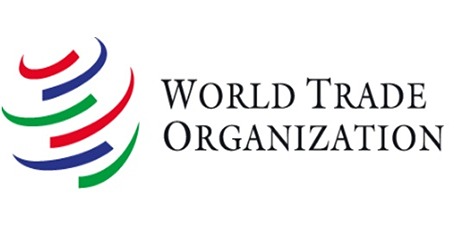On 2 November 2016 the World Trade Organization (WTO) issued the latest expanded edition of its annual publication World Tariff Profiles. This publication provides tariff and non-tariff information on more than 170 economies worldwide and is issued in cooperation with UNCTAD and the International Trade Centre (ITC). The ITC is a joint agency of the WTO and UN aiming to assist small business exports in developing countries.
Tariff summaries
The publication gives summaries of average tariffs and more detailed analysis of various tariff categories. The detailed information refers not just to the tariffs a country imposes on goods imported into it but also the tariffs the country faces when exporting to its main trading partners.
Non-tariff measures
An expanded section of the report details non-tariff measures. This section points out that the impact of tariffs has been reduced by the rounds of multilateral tariff reductions and that non-tariff measures are therefore becoming more important. However the range of non-tariff measures and their complexity makes it difficult to identify their existence or application.
Quoting the Group of Eminent Persons on Non-Tariff Barriers the report notes that non-tariff measures can be defined as policy measures other than ordinary customs tariffs that can potentially have an economic effect on international trade in goods; change quantities traded; or both. Non-tariff measures include technical requirements relating to Sanitary and Phytosanitary (SPS) measures; and Technical Barriers to Trade aiming to protect health, safety or the environment.
The classification of non-tariff measures divides import-related measures into technical and non-technical measures. Non-technical measures include price control measures; measures affecting competition; distribution restrictions; subsidies (excluding export subsidies); restrictions related to intellectual property rights; and rules of origin. Statistical information is given in the report on three of the most well defined non-tariff measures, these being anti-dumping measures, countervailing duties and safeguard measures. These are similar to tariffs measures as they act through a tariff rate or price surcharge. Included as a separate category are export-related measures including export taxes, quotas or prohibitions.
Harmonized system for classification
The publication includes details on the new version of the Harmonized Commodity Description and Coding System that enters into force from 1 January 2017. This new version contains 233 amendments to the previous (2012) version. Some of these amendments clarify terms in product descriptions and notes; and others are structural changes modifying the product scope of headings and subheadings.
A large number of the changes were proposed by the Food and Agricultural Organization (FAO) of the UN and relate to fishery, fertilizers, agricultural machinery and forestry products, with additional subdivisions to improve the monitoring of trade in these products for food security reasons. Another set of amendments relates to environmental and social concerns with changes to the classification of chemical products such as chemical weapons, persistent organic pollutants, pesticides and narcotics.
















